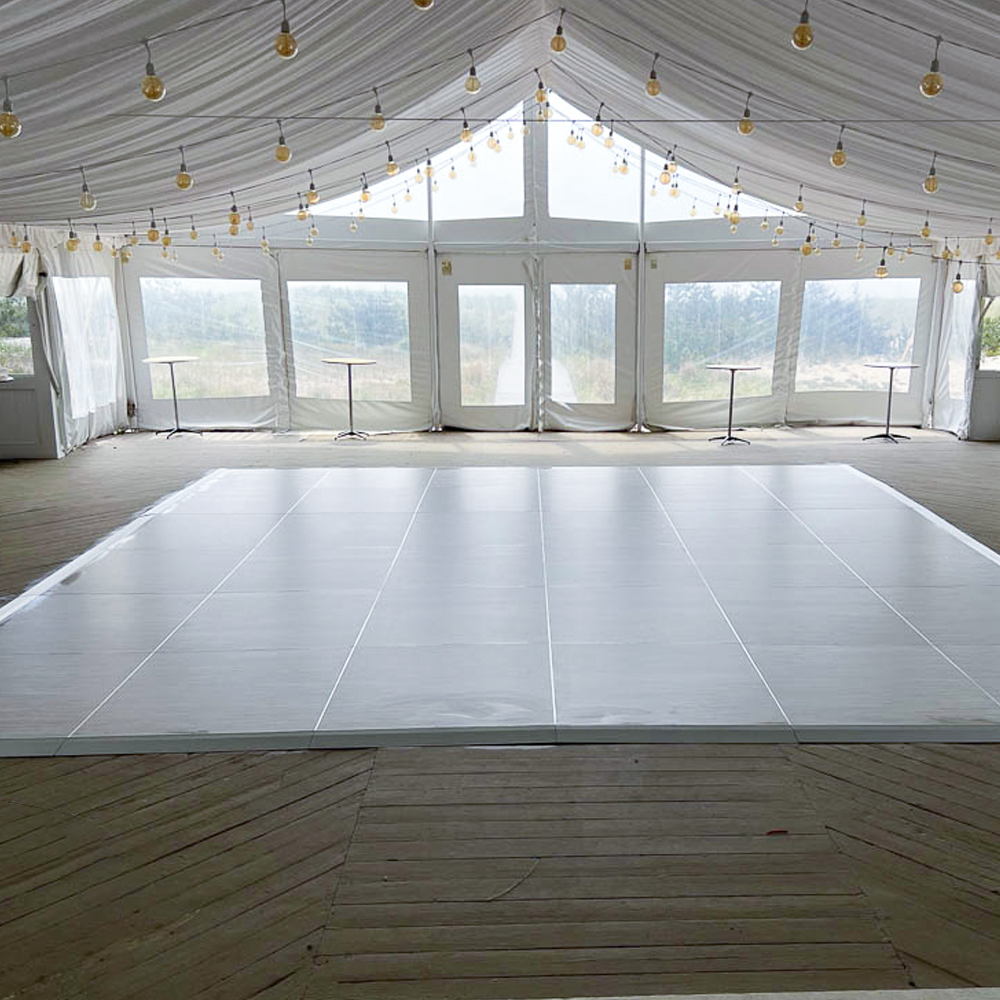Ensuring Safety and Pleasure on the Dance Area: Identifying and Mitigating Typical Hazards
Ensuring Safety and Pleasure on the Dance Area: Identifying and Mitigating Typical Hazards
Blog Article
Dancing activities is a popular pastime that brings people together, regardless of at a gathering, a club, or a unique event. Yet, although dancing can be a lot of fun, it is essential to maintain safety in consideration. The dance area can pose various risks that may lead to accidents or mishaps if not addressed appropriately. By recognizing and mitigating these frequent hazards, function organizers and dancers can guarantee a secure and pleasant experience for everyone.
One of the major notable hazards on the dance area is the risk of slipping or falling. This can occur due to spills, uneven ground, or crowded spaces. To avoid these accidents, it is important to maintain a clean and dry dance area. Event coordinators should frequently check the floor for any spills or debris and clean them up right away. Furthermore, ensuring that the dance floor is well-lit can help dancers see potential hazards, lessening the chances of slipping. Dancers should also be mindful of their environment, steering clear of packed areas where they may be shoved or stumbled.
Another frequent problem on the dance floor is the possibility for injuries caused by overcrowding. When too many individuals congregate in one area, it can lead to bumps, contusions, and even more serious injuries. To avoid overcrowding, locations should establish a limit capacity for the dance area and monitor it closely. Event coordinators can use barriers or ropes to create specific areas for dancing, which can help manage crowd flow. Additionally, motivating dancers to be aware of their space and to respect others can create a more secure environment for all.
Injuries can also happen from improper footwear. Wearing shoes that are not appropriate for dancing can lead to slips, accidents, or foot damages. Dancers should choose footwear that provides adequate support and grip. Event coordinators can prompt guests to wear appropriate shoes see here now by adding this information in announcements or communications. Providing a location for dancers to keep their shoes can also help keep the dance area secure and free from potential hazards.
Lastly, it is vital to consider the significance of health and wellness on the dance floor. Staying well-hydrated is important, especially during extended periods of dancing. Dehydration can lead to lightheadedness, fatigue, and other health concerns. Event organizers should provide hydration stations or invite guests to carry water bottles. Additionally, it is imperative for dancers to pay attention to their bodies and take breaks as needed. By encouraging a healthy atmosphere, everyone can savor dancing while reducing the risk of health-related issues.
In summary, guaranteeing security and pleasure on the dance area requires awareness and proactive measures. By recognizing hazards such as slips, overcrowding, improper footwear, and health issues, event coordinators and about this dancers can work together to create a secure environment. Implementing these steps not only prevents mishaps but also improves the overall experience for all involved. With appropriate precautions, the dance floor can remain a place of fun and camaraderie for everyone.